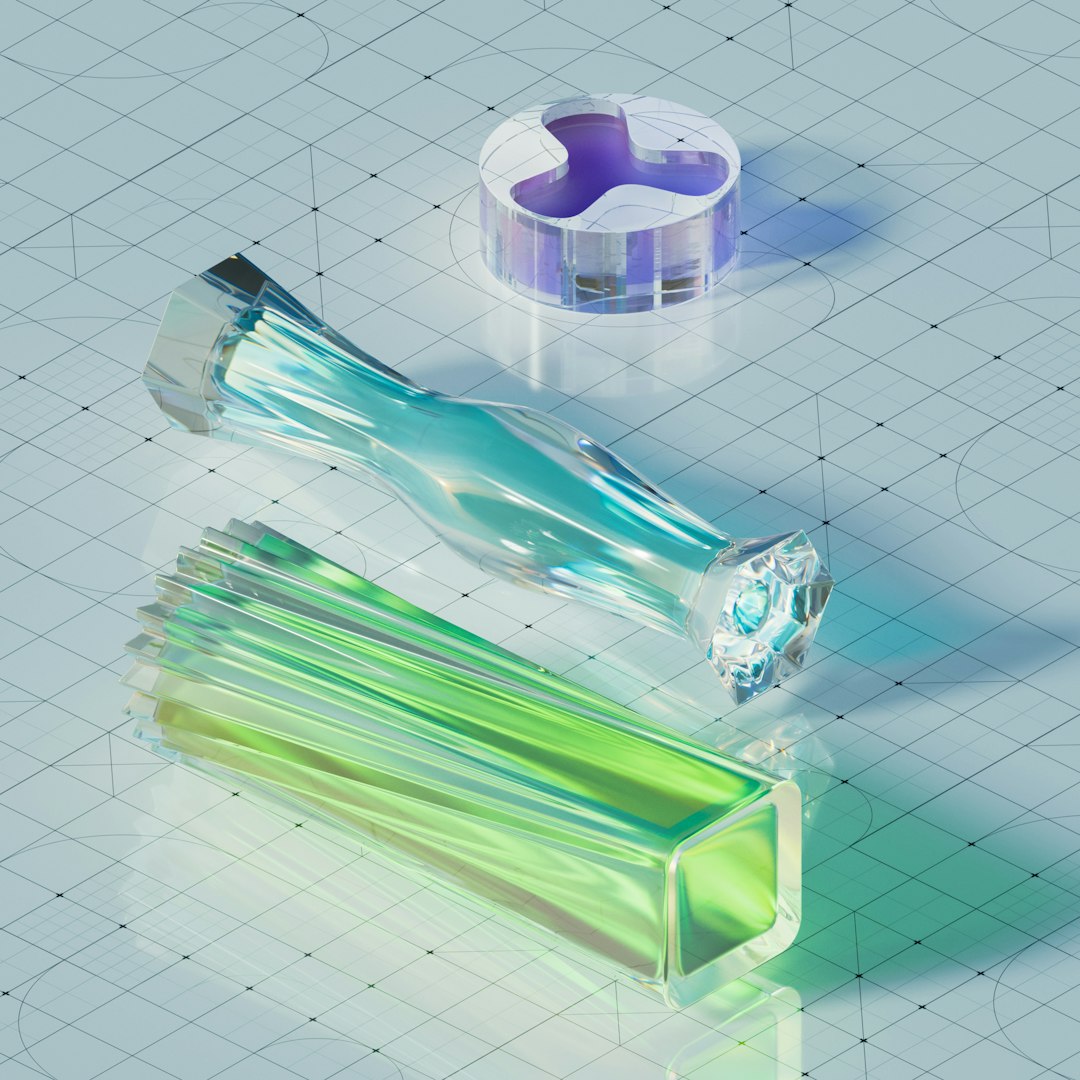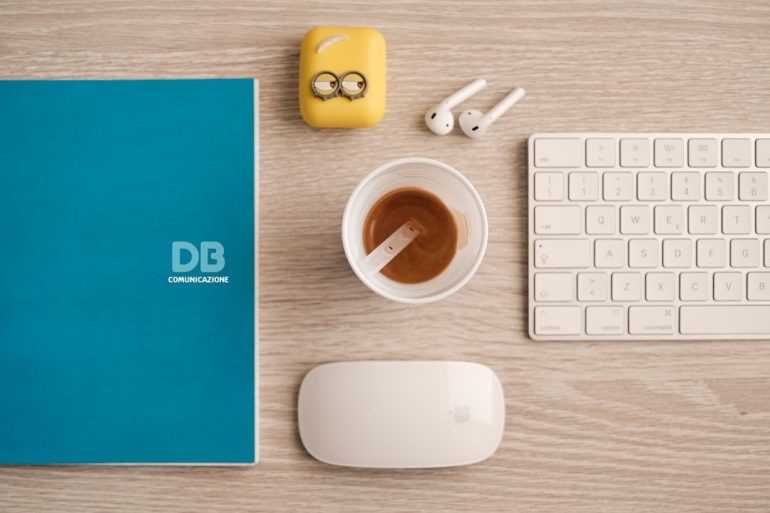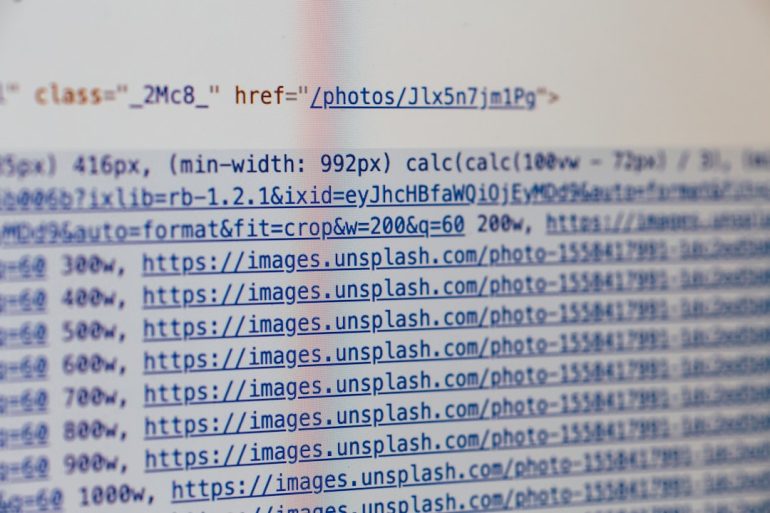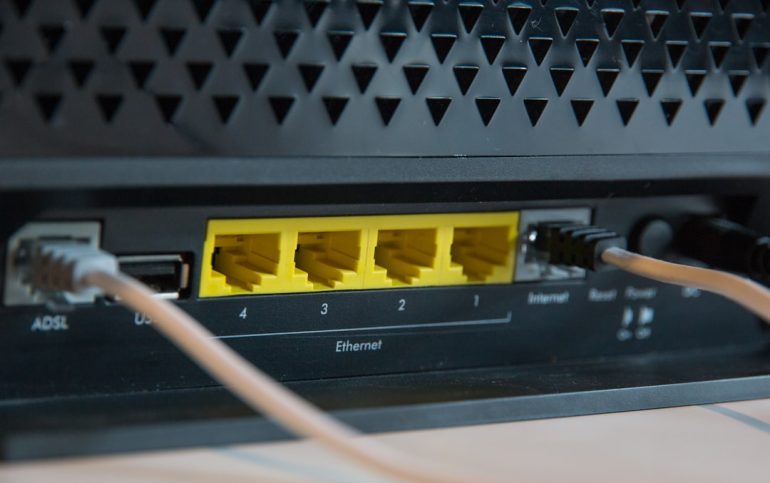The Science Behind Liquid Glass: Explained Simply
Imagine a clear liquid that’s tougher than it looks, so thin you can’t see it, and strong enough to protect your phone from scratches. Sounds like magic? Meet liquid glass – the invisible shield that’s taking science by storm!
This superhero coating goes by many names: liquid glass, nano glass, or silicon dioxide coating. But don’t worry about the fancy names. We’re going to break it down so anyone can get it. Ready? Let’s dive in!
What Is Liquid Glass?
Table of Contents
At its heart, liquid glass is a very thin layer of silicon dioxide. That’s the same stuff sand and glass are made of. Scientists have figured out how to turn it into a liquid that can be sprayed or wiped onto almost anything.
Once it’s applied, it dries to form a super thin, super hard coating. How thin? Think 100 times thinner than a human hair! This layer is invisible but strong.
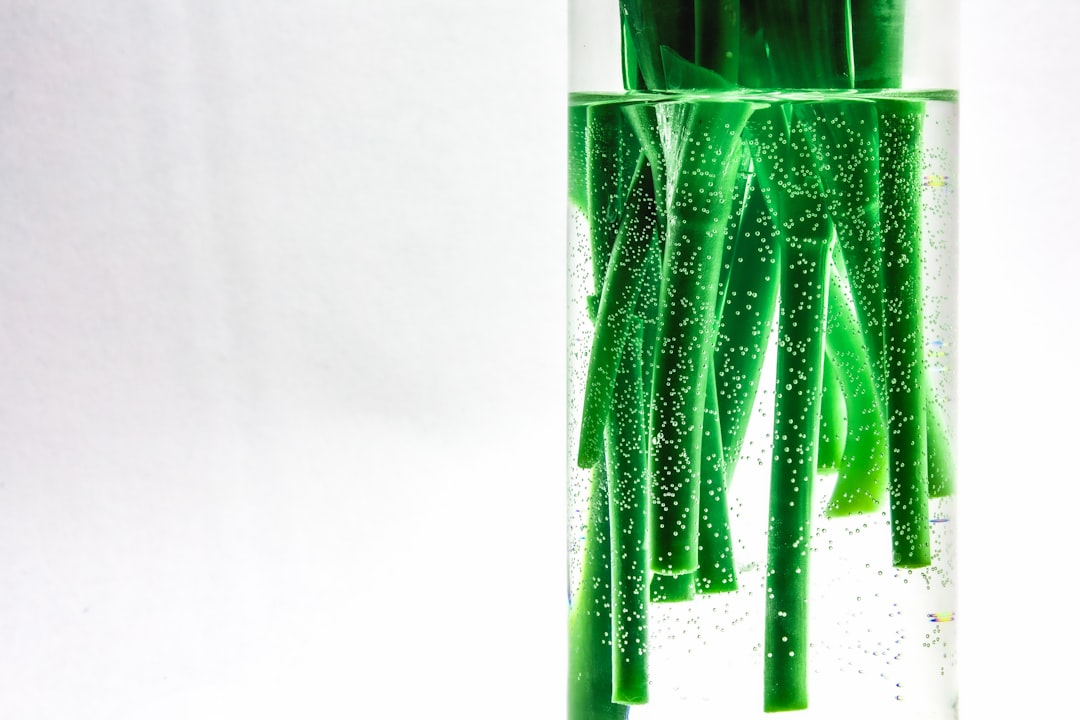
How Does It Work?
The magic lies in nanotechnology. This is science at a tiny, tiny scale – so small you need special tools to see what’s going on.
Here’s what happens once you apply liquid glass:
- It bonds to the surface on a super small level (even with things like fabric or wood!).
- It creates a breathable coating that lets air through, but keeps water, oil, and dirt out.
- It’s flexible, so it moves and bends with the surface it’s on.
Think of it like giving your stuff an invisible raincoat… that also resists ketchup spills and fingerprints!
Cool Superpowers
Liquid glass isn’t just good at hiding. It also comes with a bunch of amazing qualities:
- Scratch-resistant – no more key scratches on your phone screen!
- Water-repellent – spills just roll right off.
- Germ-fighting – the coating makes it hard for bacteria to stick around.
- Heat-resistant – it can survive high temperatures, unlike many plastic coatings.
That’s a pretty solid list for something you can’t even see!

Where Can You Use It?
The answer? Almost anywhere! Liquid glass can be applied to:
- Phone and tablet screens
- Eyeglasses
- Kitchen countertops
- Windshields
- Clothes and shoes
- Even fruit – yes, really! To keep it cleaner and fresher
Its clear and safe nature makes it great for tons of everyday uses.
How Is It Made?
The main hero is silicon dioxide. Scientists break it down into super tiny particles called nanoparticles. These are then mixed into a liquid with some help from water or alcohol-based solvents.
When you apply the mix, the liquid evaporates, and the silicon dioxide forms a thin, glass-like shield on the surface.
The result: a clear, durable, and surprisingly smart coating. Science rocks!
Is It Safe?
Yes! Liquid glass is non-toxic, scientifically tested, and safe to use. In fact, some versions have even been approved by food-safe regulators. That’s why we can put it on kitchen surfaces and fruit.
Plus, because it’s so thin, it doesn’t change how things look or feel.
Fun Facts
- The technology was first developed in Germany.
- It’s also known as “SiO₂ coating” – that’s chemistry-speak for silicon dioxide.
- It mimics a natural property found in some plant leaves, like the lotus leaf, which repels water and dirt!
Why Everyone Loves It
People enjoy liquid glass because it’s easy to use. Just wipe it on, wait a bit, and boom – invisible armor!
No bulky cases, no worrying about spills. Everything stays cleaner and lasts longer. What’s not to love?
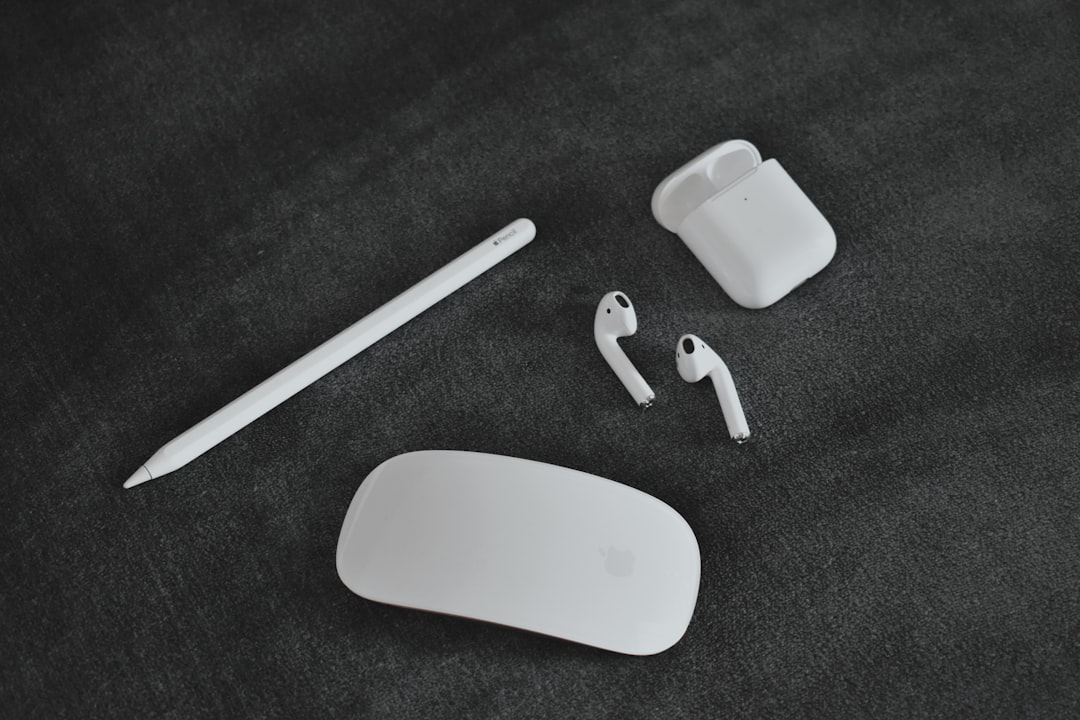
The Future Is Clear
Liquid glass might sound like science fiction, but it’s very real. And it’s only getting smarter. Researchers are working on even better versions that can heal small scratches over time or change colors in heat and light.
Next time you spill coffee on your shirt or drop your phone, just think – a few drops of this liquid magic could have saved the day.
And the best part? You don’t need to be a scientist to use it. Just apply, wait, and enjoy the invisible power of glass!

